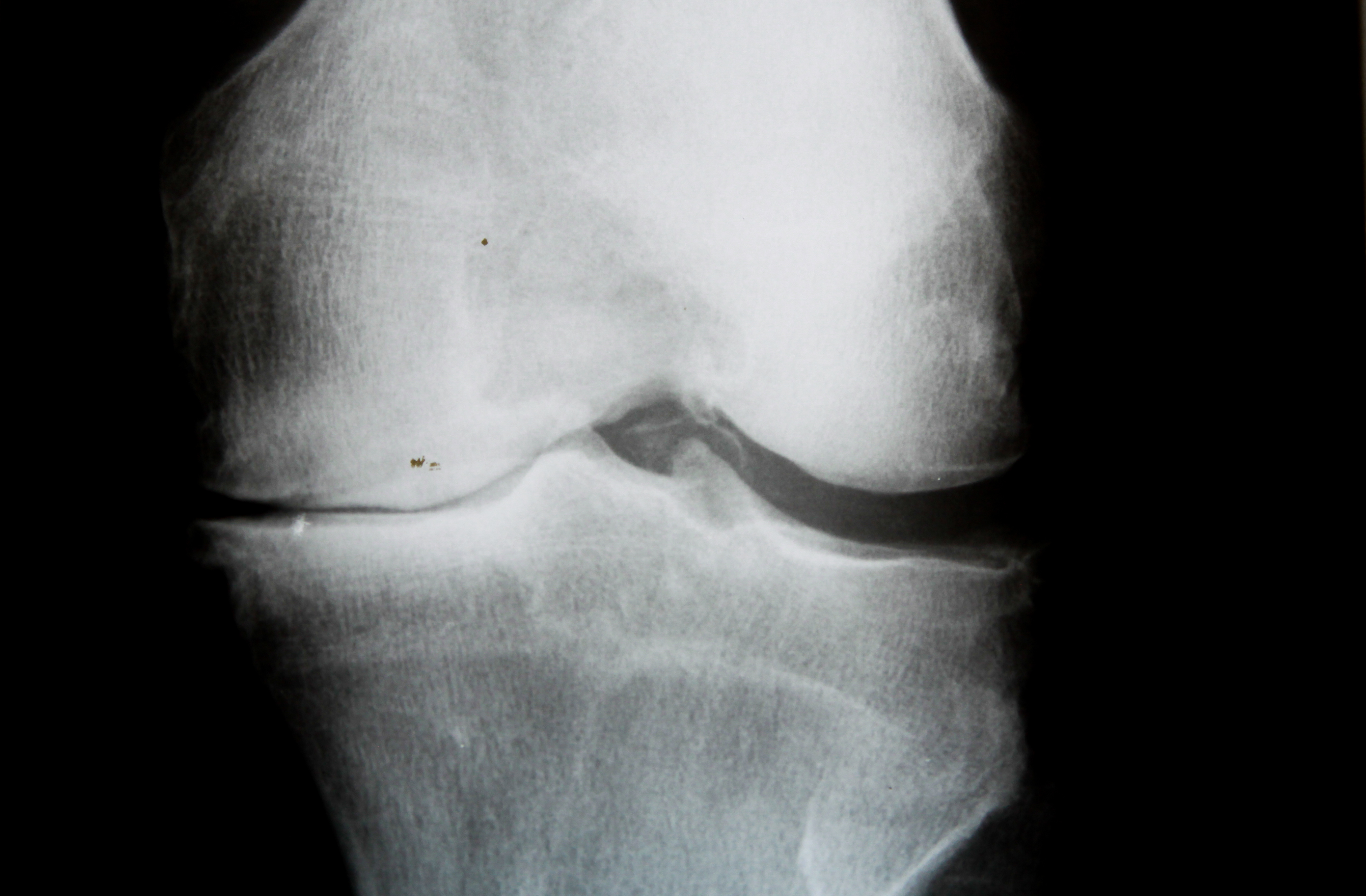
The sodium channel Nav1.7 may be an effective target for reducing joint degeneration in patients with osteoarthritis, according to a report published by Fu et al in Nature. Researchers explained that sodium channels located in the cell membranes are known to produce electrical impulses in the muscles, nervous system, and heart. Researchers found that the Nav1.7 channel may be responsible for the transmission of pain signals and was also present in chondrocytes. After performing serial genetic ablation of the Nav1.7 channels from chondrocytes in mouse models, they were able to demonstrate a reduction in joint degeneration. Further, selective or clinically used pan-Nav channel blockers—such as the epilepsy and trigeminal neuralgia drug carbamazepine—were effective at slowing the progression of structural joint damage and osteoarthritis pain behavior in mice. In a companion press release on the findings from Yale University, the study authors concluded: “This new study provides a window on how small numbers of sodium channels can powerfully regulate the behavior of nonexcitable cells … [and] open new avenues for disease-modifying treatments.”